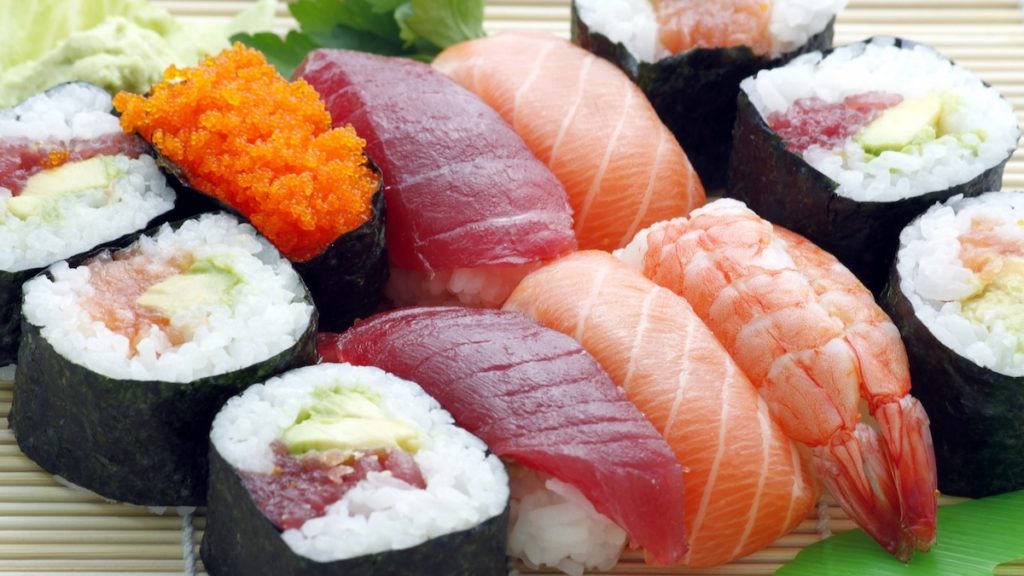
Investigators found that seafood was more often mislabeled at smaller stores and restaurants. Photo: Creative Commons CC0 ©2019
My husband and I try to eat seafood at least twice a week and look for what is fresh at the market. But the labeling can be confusing and is often misleading. In fact, if you eat a lot of seafood, there’s a pretty good chance you’ve eaten mislabeled fish in the past 12 months. Seafood fraud is a common problem, according to the nonprofit group Oceana, which conducted an investigation across the United States last year. Over six months, Oceana collected 400 samples from seafood markets and found that about 21 percent of them were mislabeled.
The investigation revealed that seafood was mislabeled more frequently at restaurants and smaller stores than big chain stores. Sea bass and snapper had the highest rates of bait and switch. Giant perch was substituted for sea bass and Greenland turbot was often substituted for Alaskan halibut. This kind of fraud doesn’t just affect consumers—it hurts ethical fishermen, markets and seafood restaurants, too.
Since 2018, some imported seafood suppliers are required to provide documentation to sell in the U.S., and some fish that are at risk for illegal fishing and fraud must be traceable. But we don’t yet have widespread consumer protections throughout the supply chain. Oceana is advocating for greater transparency in the industry, ranging from detailed documentation to better labeling and tracking from “boat to plate.” You can view Oceana’s full report at usa.oceana.org/SeafoodFraudPersists.
